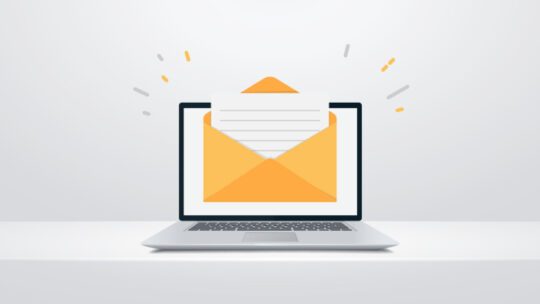
Newsletters are a divisive communications tactic—while some clients are committed to connecting with their audiences via monthly or quarterly updates, others view them as a waste of time. Nobody actually reads them, we’ve heard clients lament.
While it’s true that attention spans are shrinking, newsletters can be an efficient way to maintain regular check-ins with a variety of important stakeholders.
Here are three tips for ensuring your newsletters survive the inbox influx:
Cadence is Crucial
One of the most common issues we see with newsletters is that they’re not sharing anything newsworthy. Sending a newsletter for the sake of maintaining a monthly cadence won’t increase your open-rate, and in fact, might cause recipients to unsubscribe. Whether you’re creating a newsletter or revamping an old one, it’s crucial to consider the cadence that makes the most sense for your organization.
Sending newsletters too frequently could lead to a lack of new information to share. Sending them too infrequently could make for dense, overwhelming reads. The most common cadences are monthly and quarterly, but there are also in-between options that might work best for you—bimonthly (six per year) or bi-quarterly (eight per year).
To figure out cadence, take a look at a previous year’s end-of-year report—how many times did your organization have big news to share or appear in the press? By identifying a past year’s “hot spots,” you’ll be able to discern more clearly how much news you might have to share in an average month or quarter. Additionally, it’s important to choose a cadence that you can realistically stick to; inconsistency can majorly detract from impact and readership.
Your Audience Should Dictate your Content
The goal of a newsletter is, at risk of sounding a bit cheeky, to share news. What’s not explicitly stated is this: it must be news that your audience cares about.
For a nonprofit, this might include donors, volunteers and local elected officials. The connective tissue between these audiences is that they desire to have an impact; therefore, newsletter content should focus on sharing impactful updates. How many people were helped by the last fundraising event? What do donor dollars go toward? What issues will soon need attention?
For a for-profit business, audiences might include current or potential clients, contractors and partners. The unifying factor here is that these audiences want to know how a relationship with you can benefit them. Are you offering a new product or service? What are your most recent successes and achievements? How are you helping their community at large?
See what grabs your attention in a newsletter. Maybe it’s the relevance to your field, or the compelling subject line, or the progress updates on a new project. Make a list and brainstorm ways to apply those ideas in your own content development process.
Clarity and Conciseness are Important, but So is Having Fun
As with all written content, being clear and concise is the foundation for connecting with your audience. Newsletters aren’t novels, and for a good reason—a quick glance is sometimes all your content might get, and if the subject line doesn’t grab your reader’s attention, it’s not likely they’ll read much further.
Creativity is one of the best ways to grab attention. Feature eye-catching, high-resolution images of your organization’s last event. Experiment with using video, memes or GIFs to break up newsletter content, or sprinkle in a bit of humor. Spotlight a stellar employee or community partner with a short, yet fun, profile.
Newsletters should share news, yes, but they should also act as a personable extension of your organization’s leadership. It might be the only recurring form of contact a client or donor has, so make sure your culture and values shine through.
Alli Long is Account Manager at Impact PR & Communications
